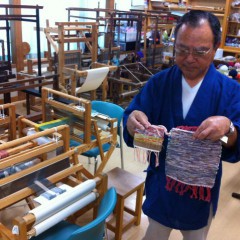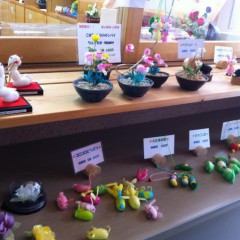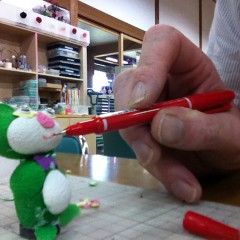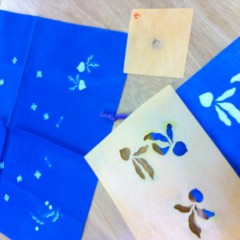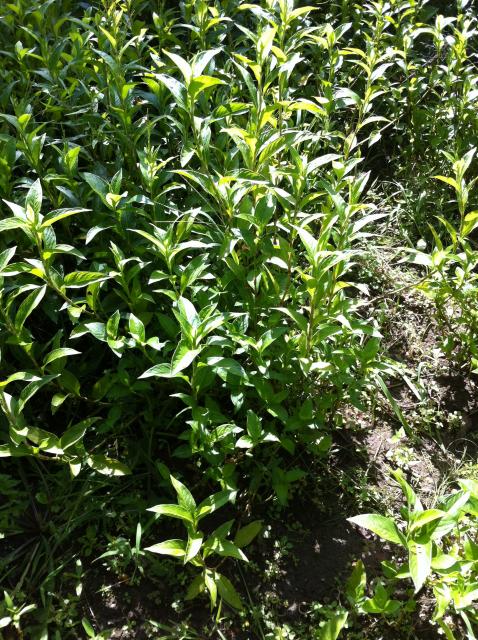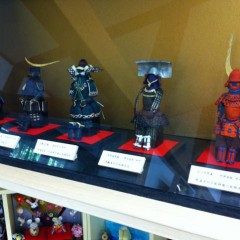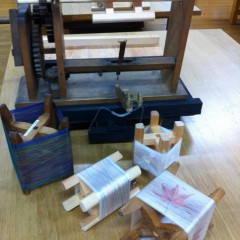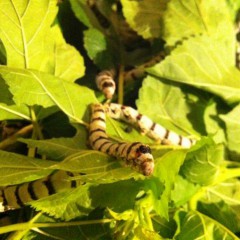長野県らしい体験を海外に紹介する「ユニーク長野」の事業で駒ヶ根シルクミュージアムを視察してきました。日本の「シルクロード」はこの伊那谷から始まって横浜港まで続いて、世界へ輸出されました。
きっと私の自家のシアトル港へ運ばれたでしょう。私にとっては生まれた町と新しいホーム、長野との嬉しいつながり。
最寄の駅からは遠いし、体験の「まゆクラフト」とかは子供っぽいとの心配でした。しかし行ってみれば、個人的に興味深い内容ばかりで館長の関さんと体験工房の矢島さんのご丁寧なご案内で2時間もいました。シルクの世界歴史や信州でのルーツに興味のある方にはお勧め!
As part of the Unique Nagano project to introduce Nagano's unique activities and cultural experiences to the world, I took a tour of the Komagane Silk Museum.
Japan's historical silk road originated here in Komagane and the Ina Valley and extended to Yokohama Port where the silk was exported to the world. The Komagane Silk Museum not only describes that history, but that of the the role of silk throughout the world as well as throughout the ages. It is a working museum, with a research lab where silkworms are actually grown for their cocoons. It boasts a full workshop where visitors can do everything from making cocoon-based crafts to dyeing silk fabric or weaving a silk tapestry at a real loom.
To be honest, at first I was dubious about the Komagane Silk Museum, with its location far from public transport and some of the crafts struck me as being a bit childish. However, the curator, Seki-san, very kindly gave me a tour of the museum and workshop, leaving me amazed at how fascinating the history and complexity of how silk is made and used. Curious about how many cocoons it takes to make a kimono? See the glass cannister filled with cocoons. Want to know where the indigo dye for the silk dyeing comes from? There are indigo plants right outside of the workshop. Ever seen a real-life silkworm? Check out the lab where you can see the larvae munching away at mulberry leaves. (By the way, cocoons used in the workshop are grown in the museum's lab, and the indigo dye is hand-made on-site from the indigo plants growin in the museum's garden.)
Yajima-san, the workshop attendant, sat me down to make a tanuki raccoon dog out of cocoons. It turned out to be a very educational experience getting to work with real silk cocoons with my very own hands, feeling and getting accustomed to their physical properties. Then Yajima-san pointed out some of the intricate silk craftwork on display, everything from silk flowers to samurai dolls made from cocoons. Obviously, working with silk for crafts is not just for children!
There is very little English explanation at the museum other than a brief description reproduced (with editing by me) below. But the workshop activities are all hands-on enough that verbal explanation wouldn't be necessary.
The facility's location is in a hard-to-find spot quite far from the nearest train station, Komagane on the JR Iida Line. It's 10 minutes by taxi, and I do recommend taxi as the driver would likely be able to navigate the backcountry roads to get to the museum with no problem. The taxi fare would be approx. 2000 yen, well worth it for the indepth silk experience the Komagane Silk Museum provides.
KOMAGANE SILK MUSEUM
A working museum featuring a wide range of sericulture activities from silk-reeling history to the latest silkworm research.
1F EXHIBITION ROOM
*Restored Seri Culturist's Farm House (dates back to 1920-1940)
*History of Silk
Explains the origin of sericulture and fabric making in China from 420-479AC, as well as silk making developments in Japan during the Edo era. Includes ukiyoe woodblock prints circa 1600 depicting various scenes of silk making.
*Japanese Silk Manufacturers Trademark Emblems
From the era when Japan was the world's largest silk exporter.
*Sericulture in Developing Countries (Nepal, India, Brazil, China, etc.)
Maps and videos of the history of the Silk Road across Asia, as well as Japan's own silk road from the Ina Valley to the port of Yokohama.
*Sericulture at the Imperial Household
Her Majesty the Empress Michiko working with silk making.
*History of Local Silk Manufacturing Unions
The Ryusuisha and Kamiinasha silk reeling unions, with actual automatic silk reeling machines, seriplan testing utensils, etc.)
*Silk Making Equipment
Various tools and utensils used in the silk making process.
*Characteristics of Silk
Explanation about the properties and structure of silk as well as its use in clothes (e.g. silk stockings).
*Uses of Silk
Domestic silk products, "Ina Tsumugi" - the local style of silk weaving, silk used in traditional clothing from around the world, etc.
*Alternative Uses of Silk
Handmade cocoon dolls, artificial flowers and more.
*Silkworm Lifecycle
Visual aids to explain the incredible growth stages (30-times the original size!) of the silk worm. Includes a rotating model of the silkworm's inner structure, microscopic views of silkworm tissues, and cocoon samples from different varieties of silkworms.
*Silkworm Growing Lab
Actual silkworms being raised for study and cocoon making.
*Mini Theater
Video presentations on the lifecycle of silkworms as well as the biotechnology and uses of silk.
*Special Exhibit Room
Silk-related special exhibits are held throughout the year. Since the opening of the museum, several dozens of exhibits have been held over the years, with reference books issued in conjunction with the exhibitions.
1F WORKSHOP
Visitors can try their hand at a variety of silk-related activities, including:
Cocoon Craft
Loom Weaving
Dyeing
Activities can be enjoyed by children as well as adults. They can take anywhere from 30 minutes for making a small doll out of cocoons or weaving a drink coaster, to thorough lessons on more elaborate silk creations.
2F SHOPS & RESTAURANTS
Farmers Market, Museum Shop, All-you-can-eat lunch buffet restaurant "NANA-chan".
駒ヶ根シルクミュージアム Komagane Silk Museum

